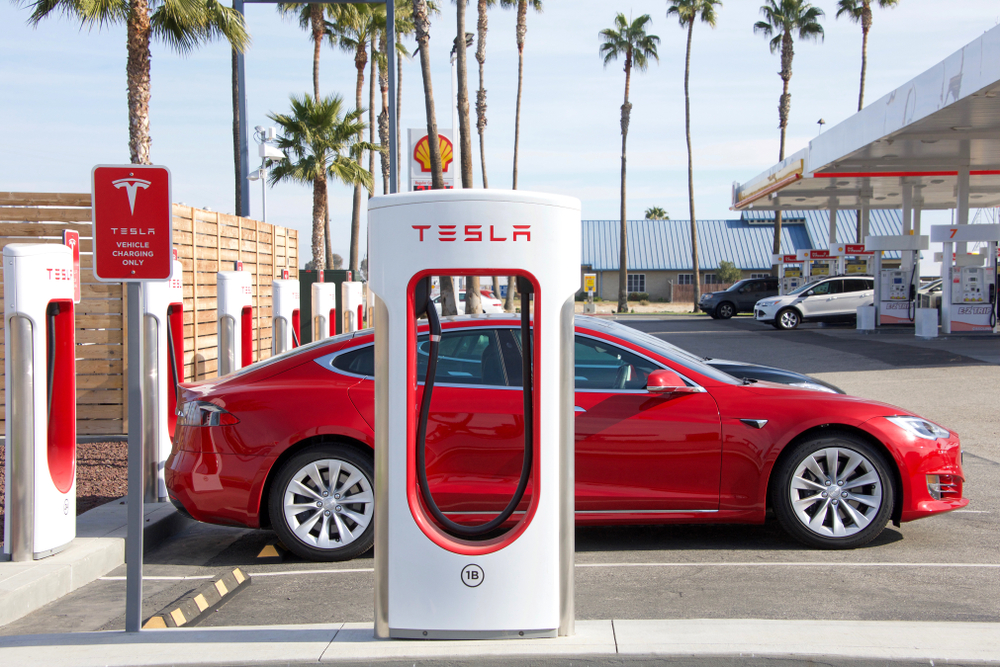Amidst intense competition between China’s major automakers such as Huawei and Xpeng Motors, their American rival Tesla is gearing up to introduce its Full Self-Driving (FSD) technology to the Chinese market.
According to an exclusive report by 36Kr, Tesla is forming a 20-member operations team to promote and deploy its proprietary FSD technology in China. Industry insiders shared that Tesla has already dispatched engineers from its headquarters for training. The company is also building a data annotation team that could command a workforce of over a hundred individuals, aimed at preparing for FSD-related algorithm training.
Of greater significance is Tesla’s clear plan to deal with vehicle data storage issues. On August 14, Tesla’s China office announced that it has established a data center in China to store all data generated by Tesla vehicles sold in the mainland market.
FSD is Tesla’s fully autonomous driving solution that has been in development for the past few years. It differs from the Autopilot assistance system currently in use, as FSD is designed to achieve fully autonomous driving without human intervention.
Tesla first introduced FSD Beta, a testing version of FSD, in North America as early as 2020, and it has undergone more than ten iterations since. Despite multiple delays, FSD may finally be close to fruition. Tesla CEO Elon Musk recently shared that the next major upgrade, FSD V12, will no longer be beta and will be available to all Tesla drivers.
Musk has frequently suggested that FSD will rarely require human intervention when utilized on roads in the US stating at a recent artificial intelligence conference that FSD might be sufficient to achieve Level 4 or even Level 5 self-driving capabilities.
From a technological standpoint, Tesla’s FSD technology has reached a relatively advanced stage in its development, allowing the company to deploy the software across various markets. Reports from June earlier this year support this viewpoint, indicating that Tesla has been actively testing FSD in markets like the UK, Norway, Germany, and China. Feedback from users also revealed that a vehicle system update rolled out on August 9 introduced an aspect related to autonomous driving data collection, allowing them to opt in according to their preference.
Several domestic new energy automobile manufacturers and technology companies have been actively promoting similar intelligent driving solutions. Companies like Huawei, XPeng, Li Auto, and NIO have extended the coverage of their assisted driving applications beyond highways and into urban areas, outlining plans to deploy such technology in dozens, if not hundreds, of cities.
Intelligent and autonomous driving has undoubtedly become one of the focal points of these companies in terms of product development, regardless of consumer perceptions.
With its Chinese competitors upgrading their products over the past two years, the urgency for Tesla to debut its FSD algorithm in China becomes apparent as domestic companies play catch up and aim to go head-to-head with Tesla.
Tesla’s FSD algorithm, refined over the years, still holds a leading position in the industry. The company has progressively iterated its neural networks, such as its BEV+Transformer and Occupancy modules. These modules help the car make sense of its environment more accurately, particularly in scenarios with unfamiliar objects or low-visibility environments. Chinese auto manufacturers have actively studied FSD and its modules, underscoring the significance of Tesla’s early advantage.
Recent reports indicate that Tesla is tackling one of the final hurdles in developing FSD: vehicle control, the driving force behind how the car navigates in its environment. According to Musk, AI algorithms could reduce traditional control modules, comprising around 300,000 lines of C++ code, by two orders of magnitude.
Technological challenges in autonomous driving also revolve around the aspects of perception, prediction, planning, and control. According to Musk, FSD V12 will feature proprietary “end-to-end” architecture that integrates all of these into a single unified model.
Additionally, training of vehicle control algorithms has been progressing smoothly, with computational bottlenecks a temporary constraint. Tesla hopes to tackle this issue through its self-developed Dojo supercomputer which began operations in July earlier this year.
Efficient algorithm development relies on access to data. Tesla’s high sales volume and centralized autonomous driving software have allowed it to accumulate copious amounts of data compared to its competitors. Moreover, public data indicates that Tesla has already deployed FSD features to hundreds of thousands of vehicles, accumulating over 300 million miles in test mileage as of Q2 2023. Datasets of such scale dwarf that of the Chinese brands.
However, whether Tesla’s technology can withstand the challenges of the Chinese market remains a concern within the industry. Road conditions in China differ from that in the US, particularly in major cities like Beijing and Shanghai where traffic conditions are more complex to navigate.
According to Chinese industry experts, the successful introduction of FSD into China would require significant real-world validation and enough mileage to optimize the software’s performance for local road conditions. This extensive process would also require the mass collection of road data, a deep understanding of local traffic safety issues, and authorization from regulatory bodies. Applying for a long-term testing qualification itself could take months.
Talent acquisition, equipment procurement, testing, and research—all of these require significant time and investment. Despite Tesla’s technological advantage, the company might struggle to build a foothold in China, in the face of localization challenges. This may be the final window for Chinese automakers to catch up.
KrASIA Connection features translated and adapted content that was originally published by 36Kr. This article was written by Peng Suping for 36Kr.

